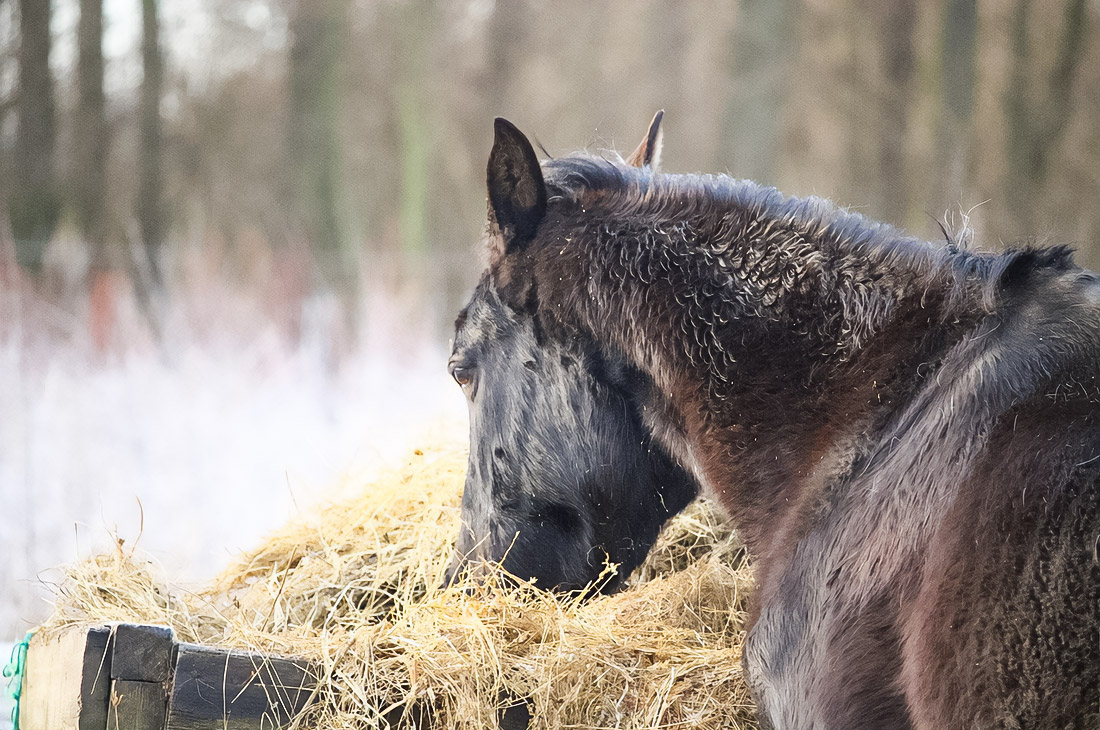Fats have long been considered secondary. Now that’s not the case. Fatty acids provide “cold energy”, carry vitamins A, D, E, K, support immunity and recovery after exercise. The focus is on omega-3 and omega-6. These essential fatty acids are not synthesized by the body, they come only with food. Their chemistry varies. Their physiological effects also vary. The balance decides the outcome.
What Omega-3 and Omega-6 Do
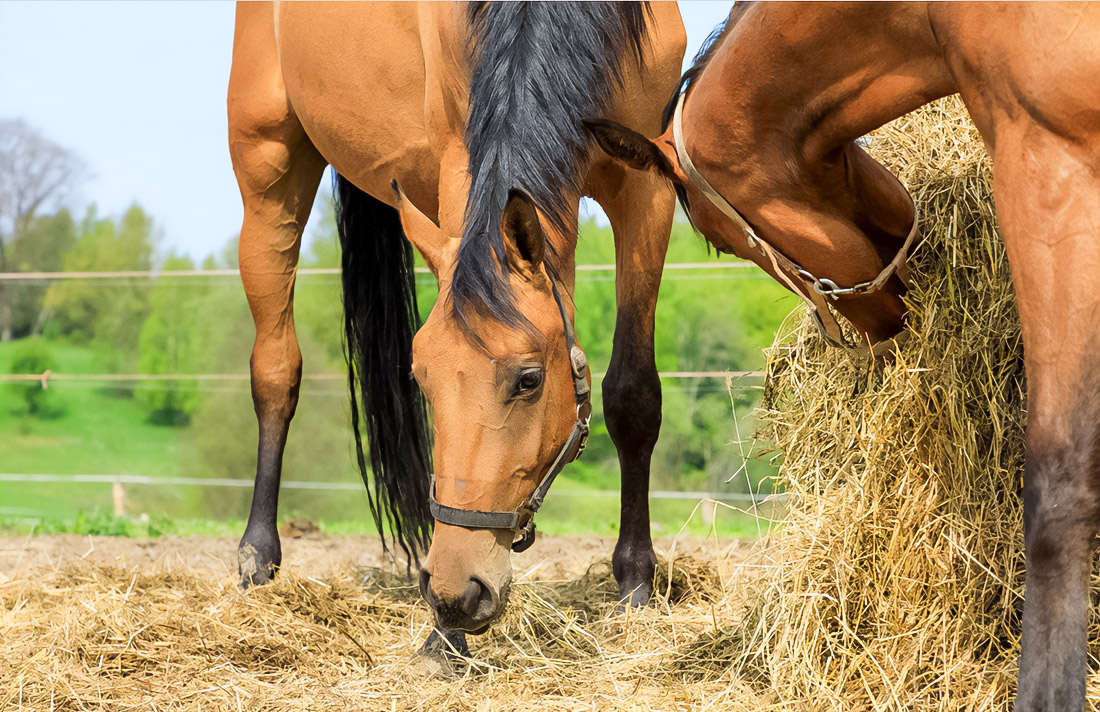
Omega-3s are represented by ALA, as well as long-chain EPA and DHA. They modulate inflammation, improve skin condition and coat health, help joints and connective tissue, support cartilage, stabilize metabolism and insulin sensitivity, and strengthen the immune system. There is evidence of benefits for reproduction and cognitive functions. Omega-6s include LA and AA. They are more likely to trigger pro-inflammatory responses, but are essential for tissue healing, bone growth, and fertility. We need both groups. The question is about the ratio.
The key is in the mediators. Prostaglandins, leukotrienes, and thromboxanes are formed from fatty acids and control local tissue reactions. Skewing the predecessors shifts the entire cascade. Sometimes very abruptly. Sometimes almost imperceptibly. But the consequences are accumulating.
Why Balance is Critical
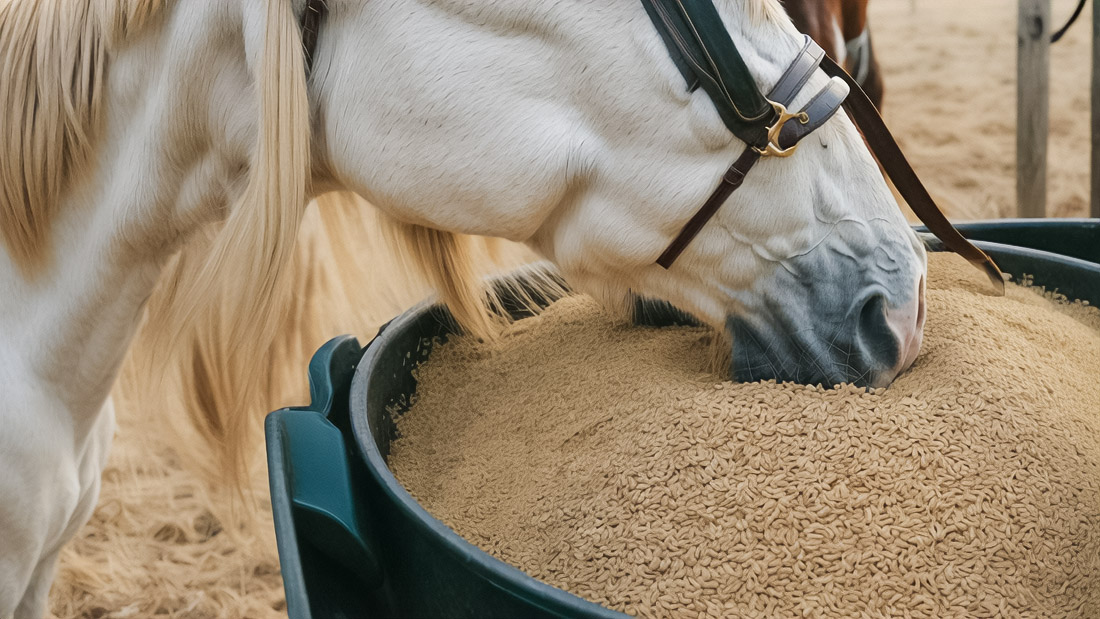
Both omega-3 and omega-6 use the same enzyme, Delta-6 Desaturase.An excess of omega-6 “overtakes” omega-3 at the starting point of the elongation path. Then the synthesis of prostaglandins from AA increases, the anti-inflammatory potential of omega-3 decreases, and the system shifts to a pro-inflammatory mode. Chronic inflammation becomes more likely. Joints suffer longer. Recovery is slower. Still, both groups are indispensable. Inflammation is a part of healing. We need a measure, not extremes.
Grass, Hay and Grain: Where the Balance is Lost
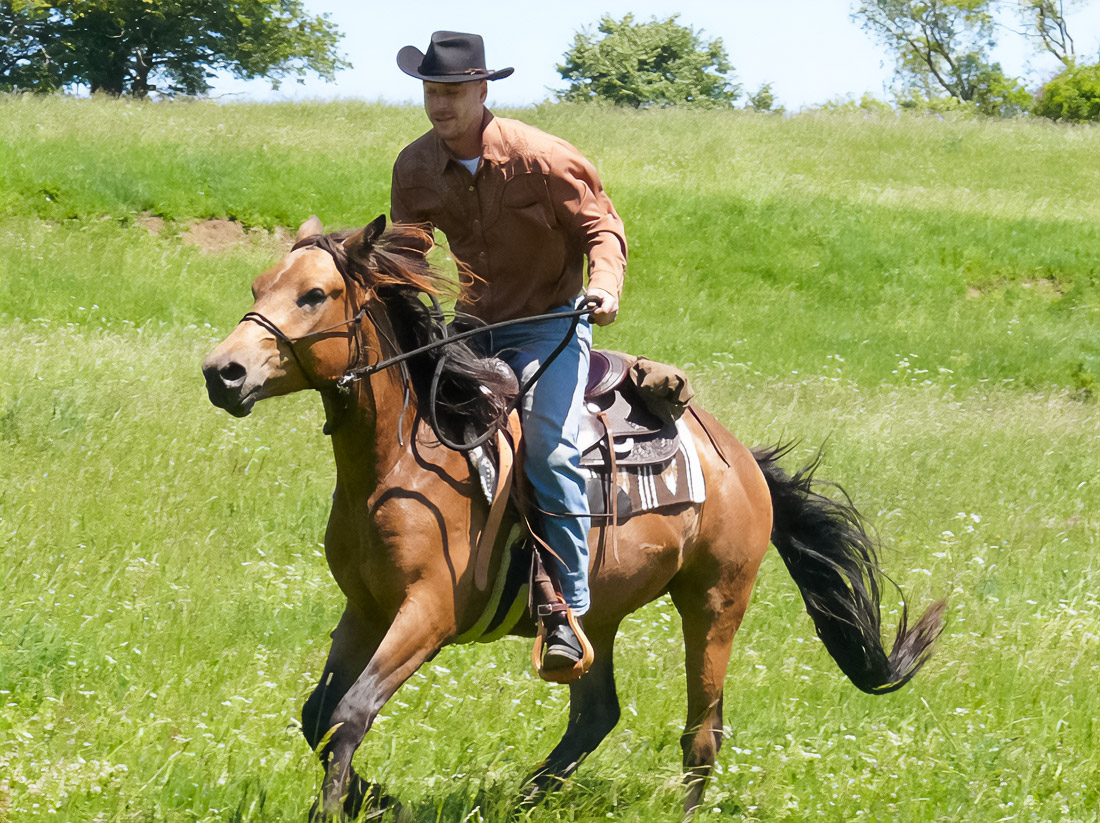
The basis of the diet is forage. Fresh grass contains less than 3 percent fat, and more than 55 percent of these fats are omega-3. After mowing and storage, the picture changes. Hay loses some omega-3, total fat about 2 percent. Grains and some vegetable oils add omega-6. Without regular grazing, the imbalance increases. It shows quickly. This is not fixed immediately.
The basic norm of coarse feed is clear. At least 1.5 percent of body weight per day in dry matter. This base protects the gastrointestinal tract, reduces the risk of colic and ulcers, and stabilizes the microbiome and overall metabolism.
Sources and Their Profile

Different sources have different profiles. The whole diet depends on it.
- Linseed oil and flaxseed. The oil contains about 57 percent omega-3; the seed provides a ratio of about 3.5 to 1 in favor of omega-3. Quickly changes the picture.
Chia. Plant-based ALA, more often easily tolerated, but more expensive. It works stably.
Fish oil. A direct source of EPA and DHA, it shifts the profile quickly, but is inferior in terms of consumption in some horses.
Canola oil (rapeseed). The ratio is more modest, about 2 to 1, but it is convenient to balance daily rations.
Sunflower and corn. They are radically rich in omega-6; sunflower seeds can exceed omega-6 relative to omega-3 by more than 200 times. It’s easy to “skew” here.
Dosages and Proven Effect
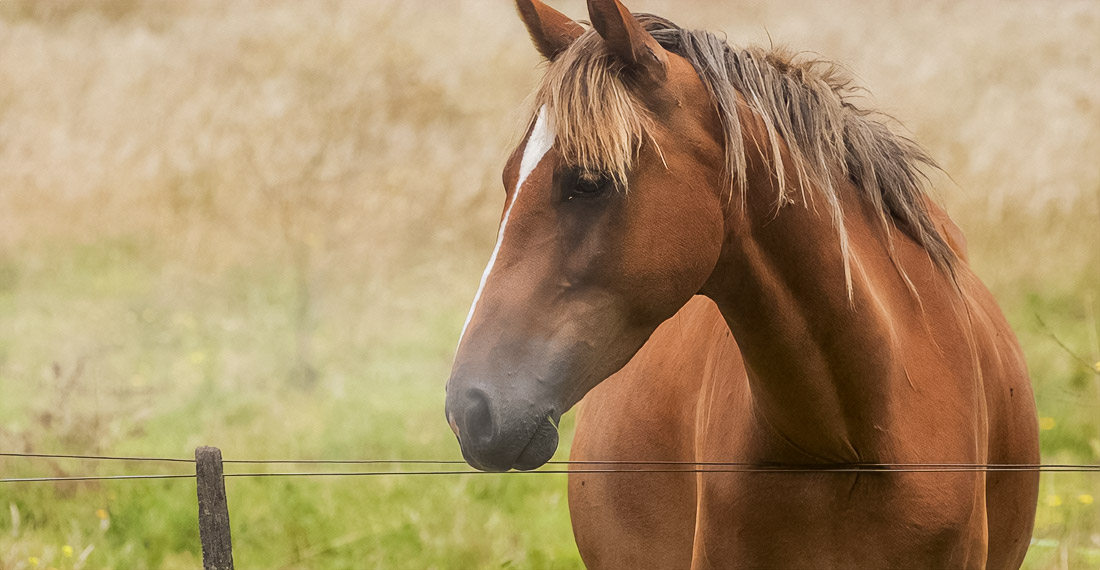
Practice is based on numbers. In one study, the addition of 324 mg fish oil per kilogram of body weight daily for 63 days significantly changed the profile of fatty acids and blood lipid properties in training horses. For 500 kilograms, that’s about 162 grams per day, or about 7 ounces. This intake yields approximately 17.5 grams of EPA and 13 grams of DHA. This is not a “universal norm”. This is a demonstration of the achievability of the effect of long-chain omega-3.
The ideal number for horses is not fixed. In practice, they tend to stay around 1 to 1 or shift the balance in favor of omega-3: 2 to 1, 3 to 1, 4 to 1. Especially when there is a shortage of pasture and an excess of grain. The goal is simple. Reduce the chronic pro-inflammatory load without losing the physiological function of inflammation.
As Seen in the Coat, Skin, and Hooves
The coat responds first. The shine increases, the density increases, dandruff decreases, and itching goes away. The skin becomes more elastic. Hooves benefit from a better condition of the horny tissue and microcirculation. The joints respond with milder pain and smooth recovery. The immune system is stabilized, respiratory reactions to allergens are easier to tolerate. The metabolism keeps glucose smoother, and the tendency to insulin resistance decreases.
The signs of imbalance are also obvious. Dull coat, “scurf”, itching, longer-healing scratches, prolonged fatigue after work. These are signals. This is a reason to check the omega profile.
Practical Balancing Steps
Start from the base. Provide forage at least 1.5 percent of body weight in dry matter. Reconsider the proportion of grains and oils, limit sunflower and corn components. Choose a source of omega-3s for the horse’s goals and behavior. Flaxseed oil and seeds ALA; fish oil EPA and DHA; chia is a plant-based alternative with good tolerance. Add the supplements gradually. A few days to adapt. Without sudden jumps and overdoses.
Evaluate the bioavailability separately. Oils and seeds are susceptible to oxidation and rancidity. Keep them cool and dark. Stabilized forms are easier to dose, they gather less dust and mix better. The more accurate each serving is, the more stable the result. Monitor stool, appetite, coat condition, and performance.
Special Cases
With a tendency to tie up and PSSM, a low-starch, more fatty diet is suitable, where omega-3s soften the inflammatory background and reduce “stiffness” after work. With ulcerative predisposition, replacing part of the starch with fats provides energy without excessive acid load. In breeding, omega-3s support the quality of sperm during cooling and storage and promote folliculogenesis in mares. For the respiratory tract, a combination of less dusty diets and omega-3 fatty acids helps to survive seasonal triggers.
Omega-3 and omega-6 are partners, not rivals. Natural grass sets the benchmark. Hay and grain shift the balance. Proper supplements restore harmony. Keep the course on forage, control the ratio, choose sources consciously, introduce gradually and store correctly. Then the skin will become smoother, the coat will shine longer, the joints will respond more calmly, breathing will be easier, and recovery will be more predictable. For consistent, day-to-day results, partnering with a trusted natural horse feed provider helps keep rations balanced and aligned with your horse’s needs.

Hiking addict, mother of 2, hiphop head, Vignelli fan and front-end designer. Making at the intersection of art and intellectual purity to create not just a logo, but a feeling. Let’s design a world that’s thoughtful, considered and aesthetically pleasing.
